The Mechanical Beast
The first motor car was invented in Germany over 100 years ago. During the 20th century, cars have brought about a transport revolution. They have brought great changes and improvements to our lives. These changes have not always been for the better. The challenge of the 21st century will be to use and enjoy cars in ways which do not damage our health and our environment.

No other inanimate object has in our century inspired such a close and involve a relationship with its creator or triggered such an outpouring of love, hate and obsession...
...On the subject of the car, no one is neutral because it is arguably the most powerful instrument of social change that mankind has ever encountered.
-Automania 1984
Who owned the first cars?
Before 1900s motoring was only for the rich. Royalty took an active interest in motoring.
Rich people who were used to be driven in their horse-drawn carriages preferred to be chauffeured in their cars. However, enthusiastic owners would drive the car themselves with the chauffer beside them. The chauffer was useful for dealing with punctures or breakdowns. These cars were very expensive and sometimes as costly as a house.

By the early 1900s cheaper, smaller cars imported from France and motoring became more popular. Someone who could afford a horse and trap could afford a car.

During the First World War (1914 to 1918) thousands of people were trained to be drivers and mechanics. They became the new car owners and drivers in the modern in the modern mechanism world of the 1920s.

Lady Jocelyn often drives the car without any man with her and can change the wheels without any difficulty.

The First Cars in Ireland
Early cars were known as horseless carriages. The first car in Ireland was acquired by Professor John Shaw Brown of Dunmurry, near Belfast, on 6 March 1896. It was a French Serpollet, powered by a small steam engine rather than a petrol engine.

The first petrol-engined car seen in Ireland was a Benz Velo exhibited at a school fete in Cork at Easter 1896. The headmaster of Cork Grammar School, the Revd. Ralph Harvey, borrowed it from a London dealer to help raise funds for the school. People queued for rides at a shilling a time.

"The car is the means of transport of the future and the novelty of our decade."
-Daily Herald
The first Irishman to run a petrol-engined car was Dr John Colohan of Blackrock, near Dublin. He wanted to buy a car as early as 1892, but not wishing to experience a 4 mph speed limitations of the old Highways Act, he waited until after Emancipation Day in November 1896 to invest in a 3 1/2 hp Benz Velo Comfortable. Now Dr Colohan could legally drive at 12 mph. His car is the earliest surviving Irish-owned automobile.

Driving and the Law
Until 1896 the speed of motorist was limited to 4 mph by the legal requirement to have a man walk in front of the car.
This law was abolished on 'Emancipation Day,' Saturday 14th November 1896. The speed limit was now raised to 12 mph.
The Motor Act of 1903 required:

All mechanical-driven vehicles to be registered with the local authority and carry a registration number.
Every driver to have a driving licence although there was no driving test.
The Motor Car Act also raised the speed limit to 20 mph.

Information is courtesy of my visit to Ulster Transport Museum. Please check out my other interesting article regarding the Early Transport History of Northern Ireland.
Thank you for reading.

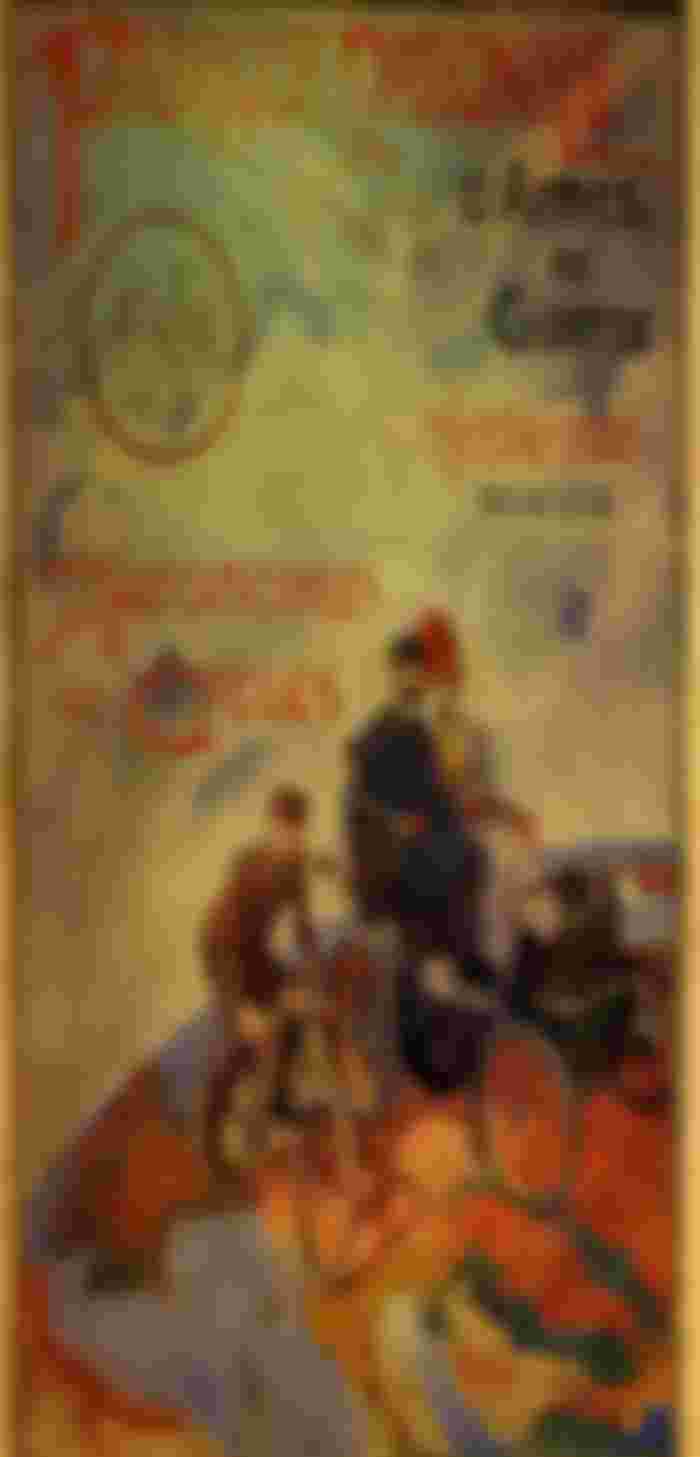
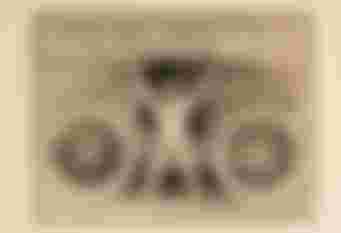


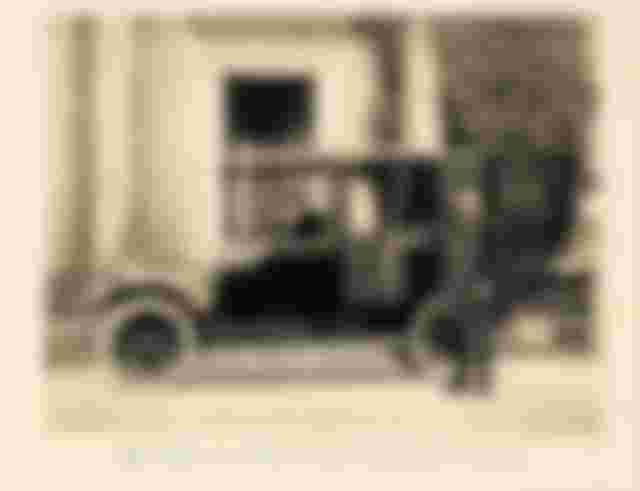
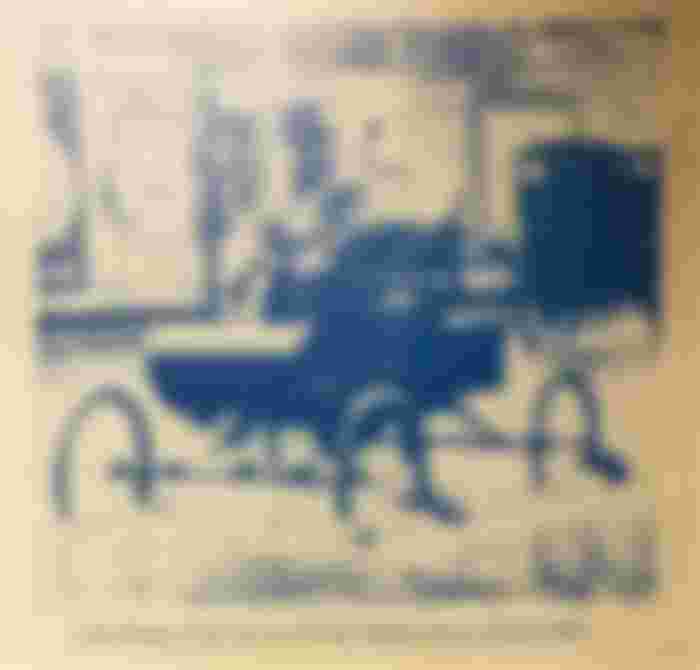
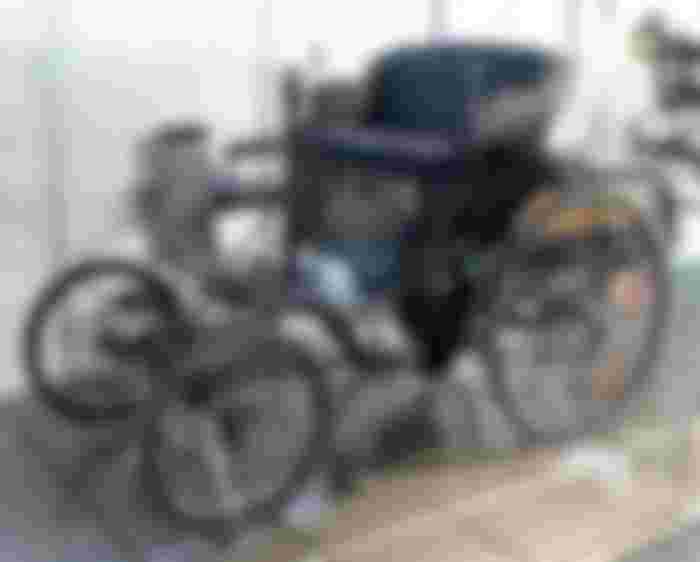
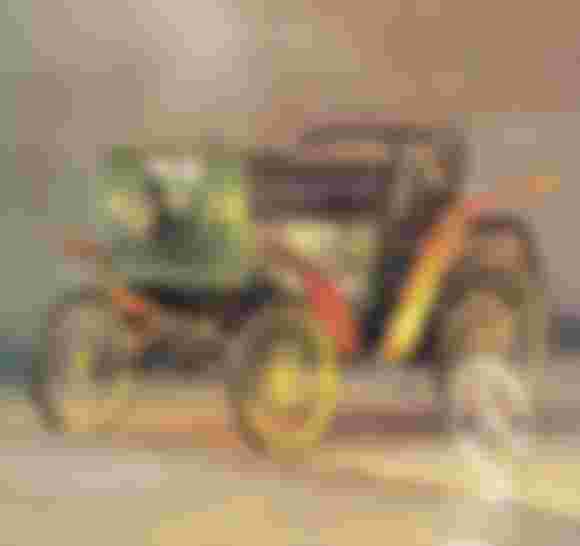



Again you gave us amazing history article.I like reading how people living in history,here I see how they riding.Today,we would laughing if we see someone ride in such car because todays cars are so comfortable.